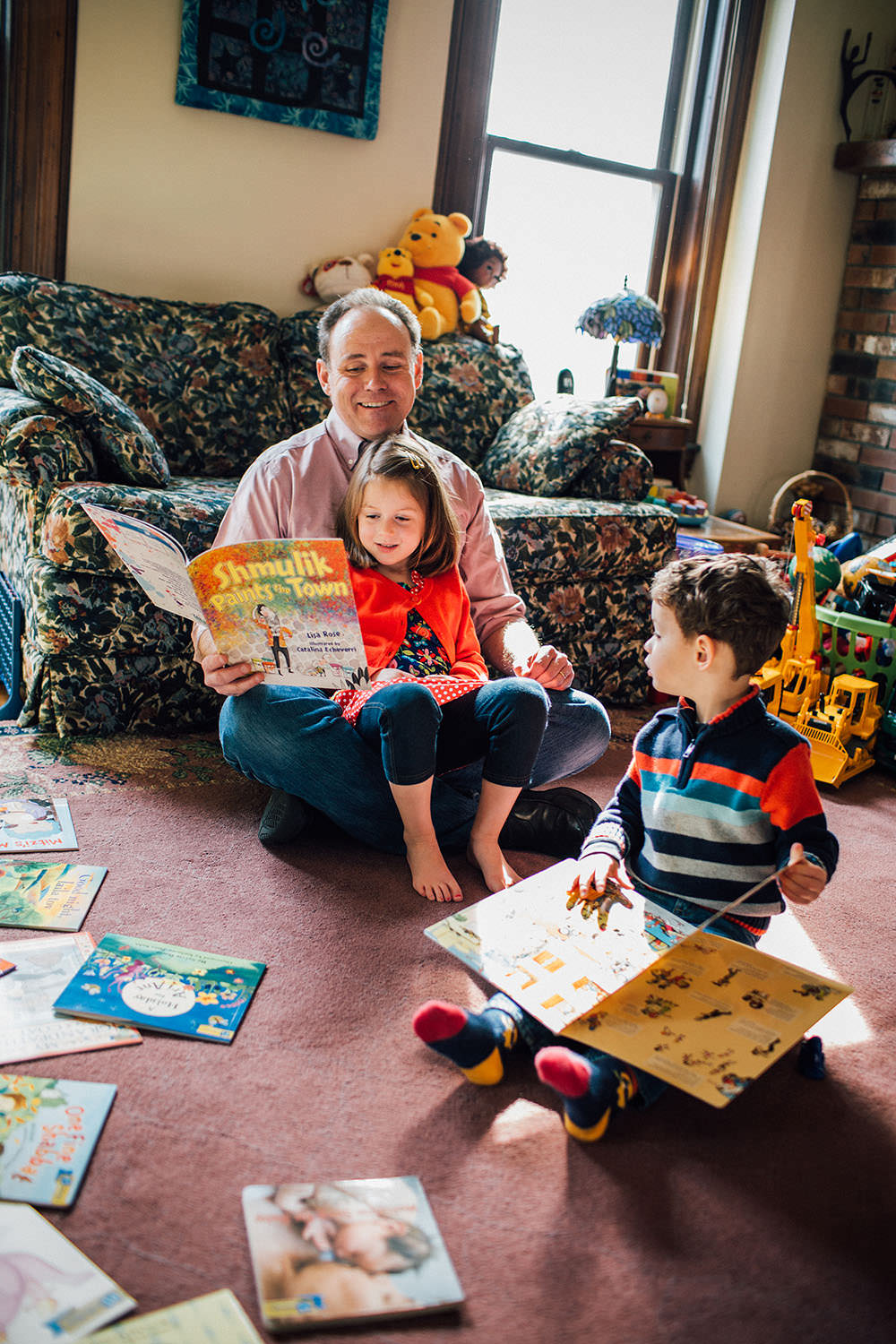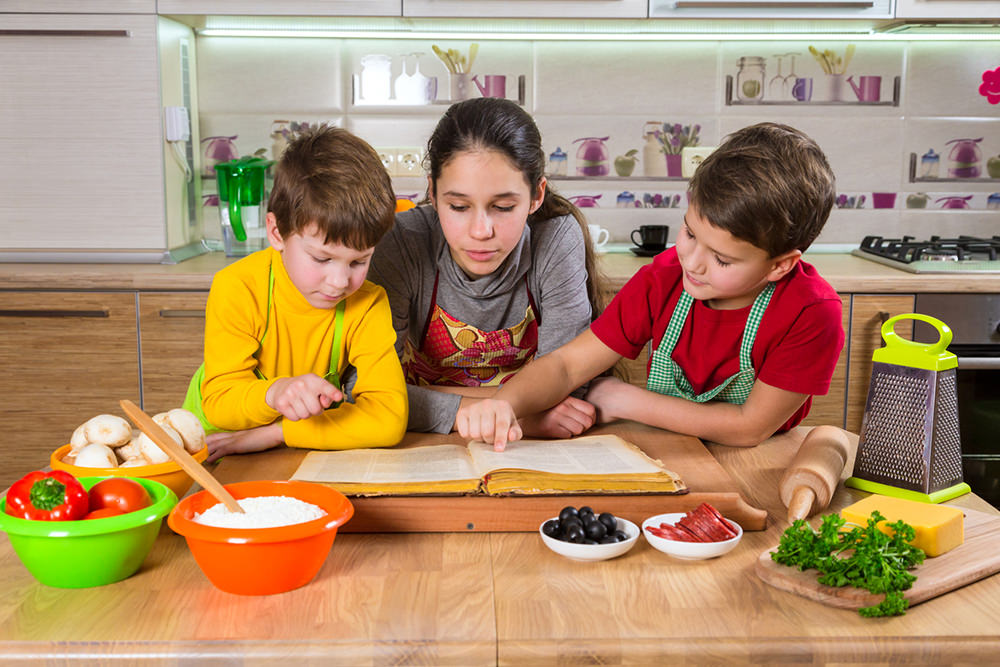
You did it – you kept your kids reading all summer long and avoided the dreaded “summer slide.” As you move back into the routine of extra curriculars, homework, and the occasional long day, how do you ensure that reading continues to feel fun for your kids? Here are a few of our favorite tips that help keep kids—and parents—reaching for a book during down time.
Looking for more reading tips, ideas, and literacy-building activities? Click here.
Let Them Pick

If your kids are reading, that’s a win. Whether they reach for a novel, a comic book, the back of a cereal box, or a magazine in the dentist’s waiting room, reading is awesome. Period. Don’t feel like your kids need to be reading Tolstoy on the weekends to get ahead. Keeping things light or tackling short stories together, reinforces the idea that reading is a reward and as pleasurable as watching a movie or listening to music.
Unplug for Shabbat

Shabbat provides a once-a-week built in time to unplug and unwind together as a family. You can try doing a “technology Shabbat” and spend that time working through a chapter book or series together as a family—or you can work on making up your own stories and reading them aloud.
Read a Book Together

Pick a book with your kids and take turns reading chapters or lines aloud together. If your children are too young to read on their own, let them choose what you read and describe what's happening in the pictures. Set aside a special reading time—either nightly or once-a-week, to settle in, recap, and work your way through the book. Pause periodically to ask questions or talk through parts of what you’re reading. Don’t feel like you have to finish the book quickly—it’s all about making the memory together.
Hang Out at the Library

Local libraries host all sorts of wonderful events for kids and grownups. You can sign up for a books and blocks playgroup, attend a story time or singalong, or even pop in to watch a movie with other families. Whatever your reason for visiting, be sure to take a minute to browse and grab a new book, or add to your “to be read” pile, before you leave.
Start a Daily Routine

The easiest way to do this is to kick off bedtime with a book. You can also take 15 minutes to read the newspaper together in the morning or before dinner, or set aside time to read through cook book recipes and cook together. Reading and making recipes also helps develop math literacy, reinforcing other key skills while forming positive associations with reading.
Make a Special Reading Space

Whether you go all out and build a dedicated book nook, or just set aside a special chair, having a dedicated spot for reading, makes times with books an event. You can let kids take the lead on decorating and design—but don’t be surprised if they designate their special reading nook as a “kids only” area. For some inspiration, visit our “Book Nooks” Pinterest board.
Model Good Habits

Even if they don’t say it, kids do think their parents are pretty cool. When children regularly see the adults they look up to reading, or being kind, or giving tzedakah, eating healthy, or exercising, they get the message that these things are worthwhile-and enjoyable—pursuits too.
Bend the Rules

Go ahead, let your reader stay up late once in awhile to read.
Get Support if Needed

If your child is adamant that they don’t enjoy reading, or they find it difficult or frustrating, don’t be afraid to reach out to their teacher or pediatrician for support. An evaluation for a learning disability, reading help at school, or a simple eye check, can diagnose if there’s a deeper issue making reading tough for your child.
Share your tried and true reading tips with us on Facebook and Instagram. Don’t forget to use #pjlibrary.
« Find more activities, book lists, interviews, and recipes
August 8, 2017